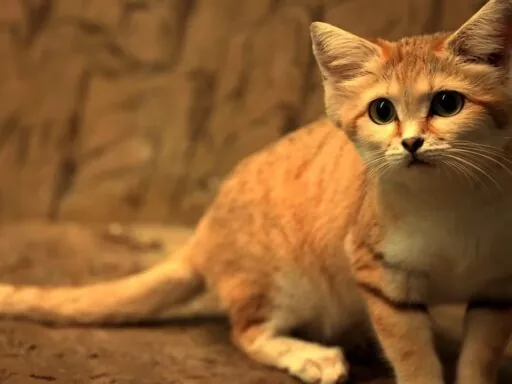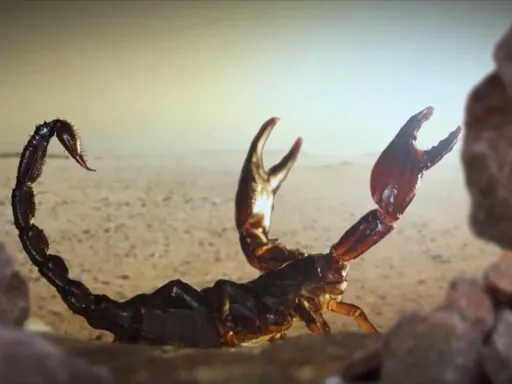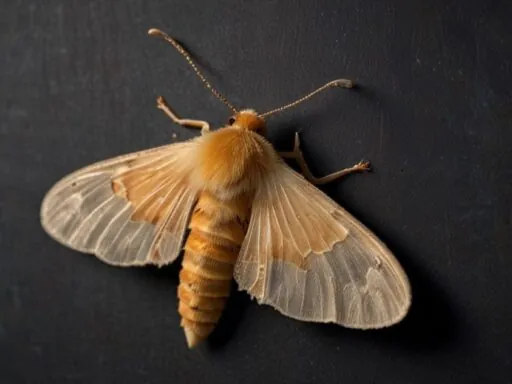Have you ever wondered what it’s like to live in a world so small that even a grain of rice seems enormous? Welcome to the fascinating universe of the tiniest creatures on Earth! From microscopic marvels to pint-sized predators, these diminutive dynamos pack a whole lot of wonder into their miniature frames. Join us as we dive into the incredible lives of the top 10 smallest animals in the world, where size doesn’t matter, but survival and intrigue take center stage.
1. Myxozoans
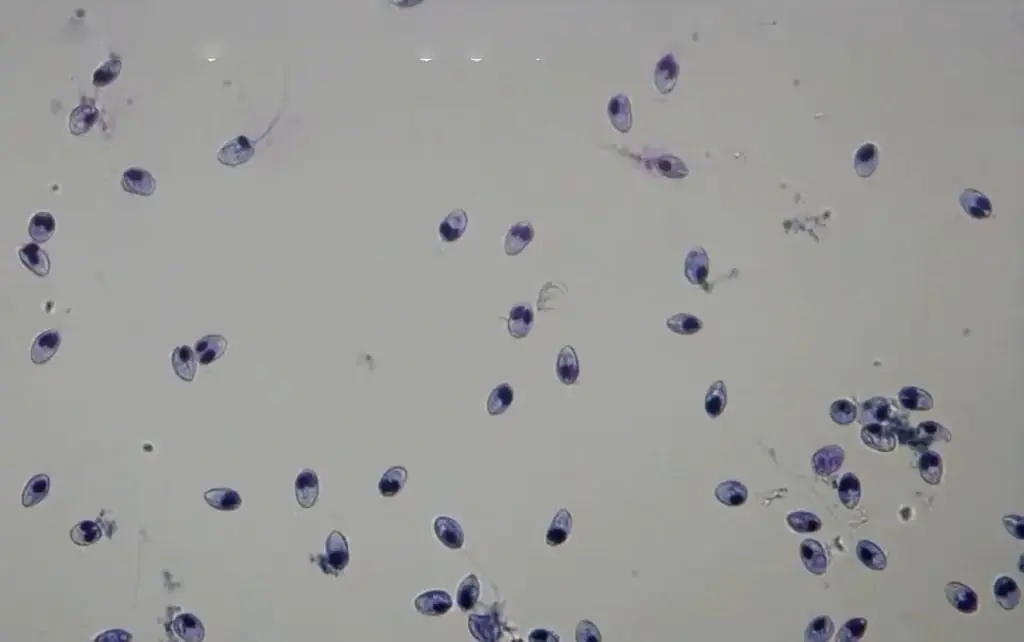
Myxozoans are the smallest animals in the world, with some species measuring as little as 8.5 micrometers (µm). These microscopic creatures belong to the phylum Cnidaria, making them relatives of jellyfish and corals.
Myxozoans are obligate parasites, primarily infecting fish and invertebrates through complex life cycles involving multiple hosts. In spite of their minute size, they are multicellular organisms, distinguishing them from single-celled organisms like bacteria. The discovery of species like Myxobolus shekel highlights the extraordinary adaptability and evolutionary specialization of these tiniest animals on Earth
2. Spruce-Fir Moss Spider
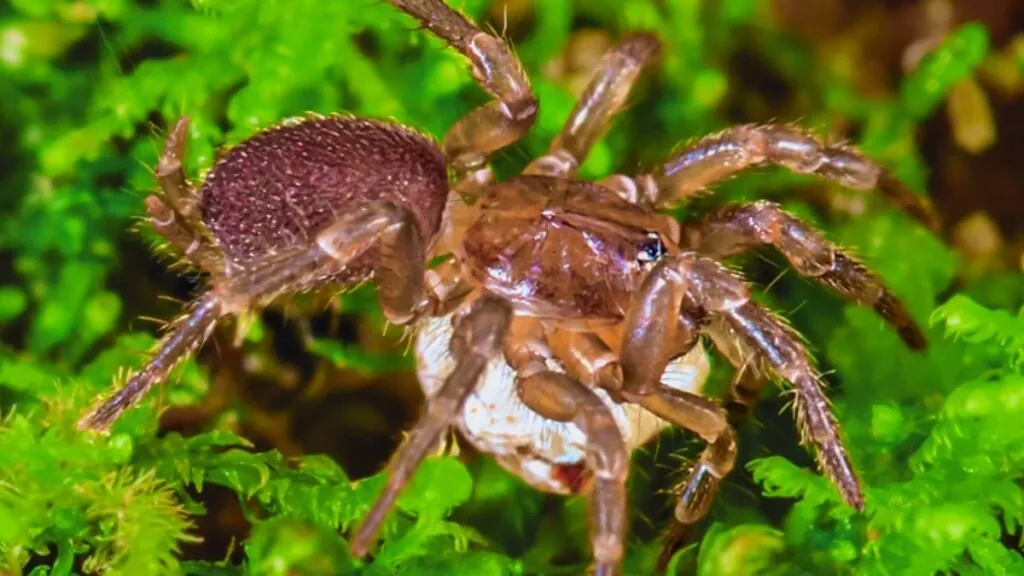
The spruce-fir moss spider (Microhexura montivaga) measures only 3 to 4 millimeters in length. This tiny spider, often compared to the size of a pencil eraser, inhabits the high-elevation forests of the Southern Appalachian Mountains, specifically above 5,300 feet. The spider lives in moist, shaded moss mats on rock surfaces, which provide the perfect microhabitat it needs to survive. Unfortunately, this habitat is under threat from climate change and the invasive balsam woolly adelgid insect, which kills Fraser fir trees, leading to habitat loss and endangering the species.
3. Paedophryne Amauensis
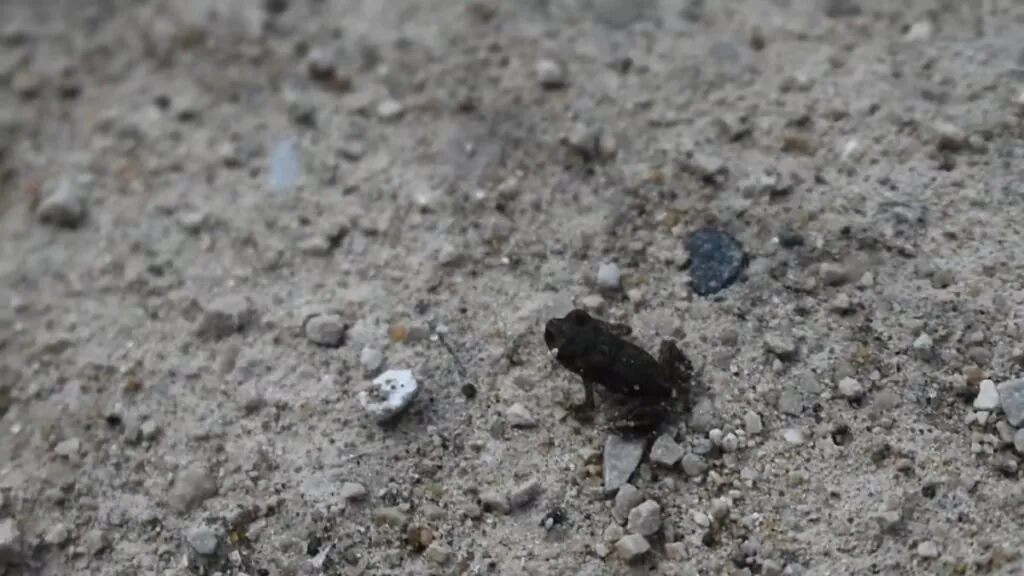
Paedophryne amauensis, discovered in Papua New Guinea, holds the title of the world’s smallest vertebrate, measuring an average of just 7.7 millimeters in length. This tiny frog lives in the leaf litter on the rainforest floor and is so small that it can fit comfortably on a dime. Interestingly, unlike many other frogs, Paedophryne amauensis does not go through a tadpole stage; instead, it hatches directly into miniature versions of the adults. The frog’s high-pitched mating call, which resembles the sound of insects, helped researchers locate these elusive creatures.
4. Paedocypris Progenetica
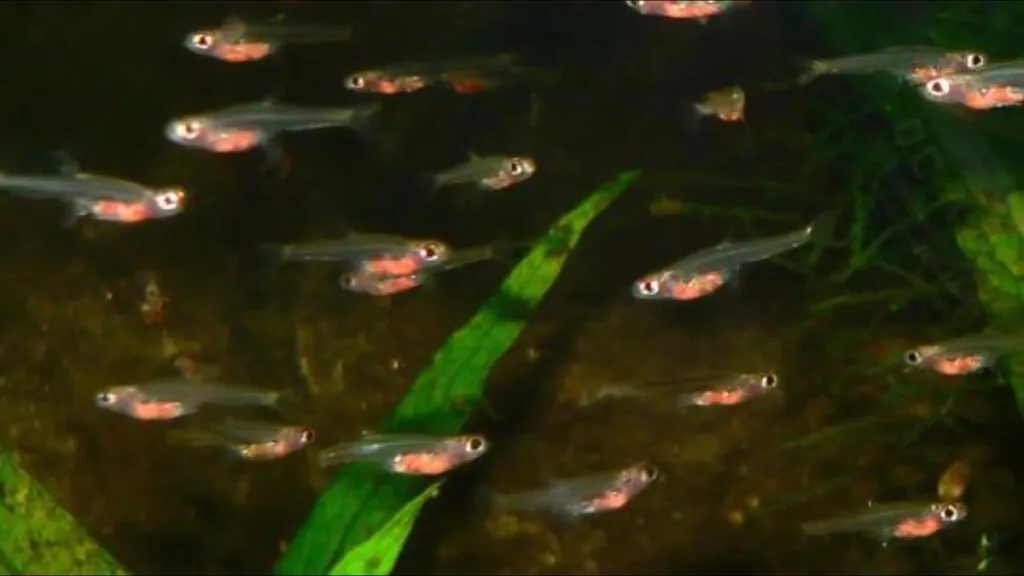
Paedocypris progenetica holds the title of the world’s smallest fish, with females averaging just 7.9 millimeters in length. Found in the forest peat swamps of Southeast Asia, particularly in Sumatra, these tiny fish inhabit highly acidic waters with minimal mineral content. Despite their size, they exhibit fascinating adaptations, such as reduced bone structure and a translucent appearance. These adaptations not only aid in their survival but also make them a subject of scientific intrigue.
5. Barbados Threadsnake
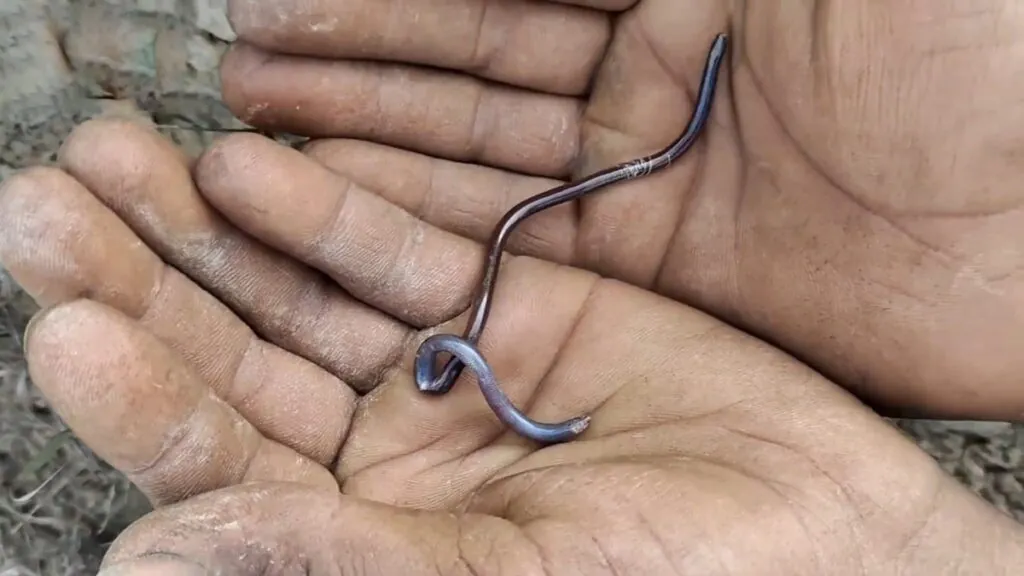
The Barbados Threadsnake (Leptotyphlops carlae) is renowned as the smallest snake globally, with an average length of just 3.94 inches (about 10 centimeters). It holds a Guinness World Record for its diminutive size among vertebrates. This species, discovered in Barbados, showcases remarkable adaptations despite its small stature, including fully functional organs suited to its habitat in soil and leaf litter. Its diet primarily consists of termites and ant larvae, sustaining its miniature yet fully developed body. The Barbados Threadsnake exemplifies nature’s ability to thrive in diverse and often unexpected forms, underscoring the vast biological diversity found worldwide.
6. Bee Hummingbird
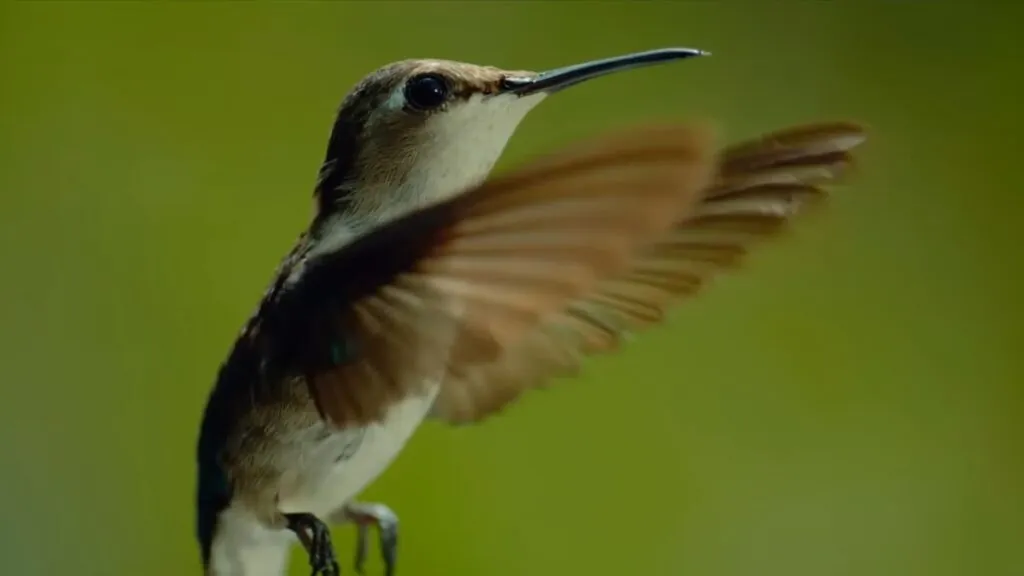
The Bee Hummingbird (Mellisuga helenae) is not only the smallest bird globally but also one of the tiniest animals on the planet. Found exclusively in Cuba, this remarkable avian species measures about 2 to 2.4 inches (5.1 to 6.1 centimeters) in length and weighs merely 1.6 to 2 grams. In the face of its diminutive size, the Bee Hummingbird exhibits extraordinary agility and endurance, capable of beating its wings at an astonishing rate of up to 80 times per second during courtship displays.
Its diet primarily consists of flower nectar and small insects, essential for sustaining its high metabolism. Bee hummingbird, one of the top 10 smallest animals in the world, exemplifies nature’s capacity for adaptation and survival in even the most challenging environments.
7. Madame Berthe’s Mouse Lemur
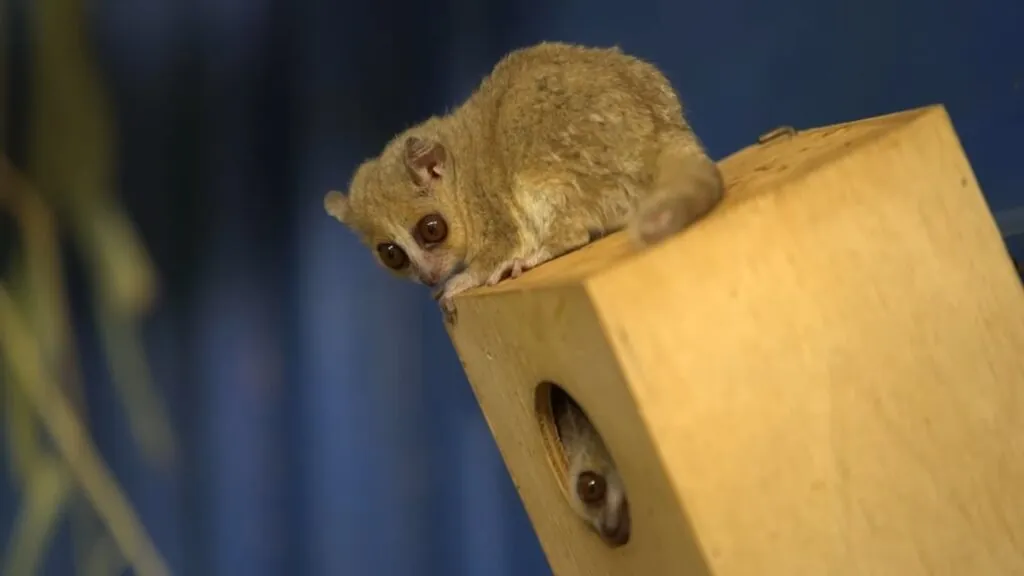
Madame Berthe’s Mouse Lemur (Microcebus berthae) holds the title of the world’s smallest primate. Native to the island of Madagascar, this tiny lemur species measures around 3.6 inches (9.2 centimeters) in length and weighs about 30 grams on average. Discovered in 1992, it was named after Berthe Rakotosamimanana, a Malagasy conservationist.
Regardless of its small size, Madame Berthe’s Mouse Lemur exhibits remarkable agility and nocturnal behavior, feeding primarily on insects, fruits, and flowers. Its discovery highlighted the immense biodiversity of Madagascar’s forests and the importance of conservation efforts to protect such unique and endangered species.
8. Pygmy Marmoset
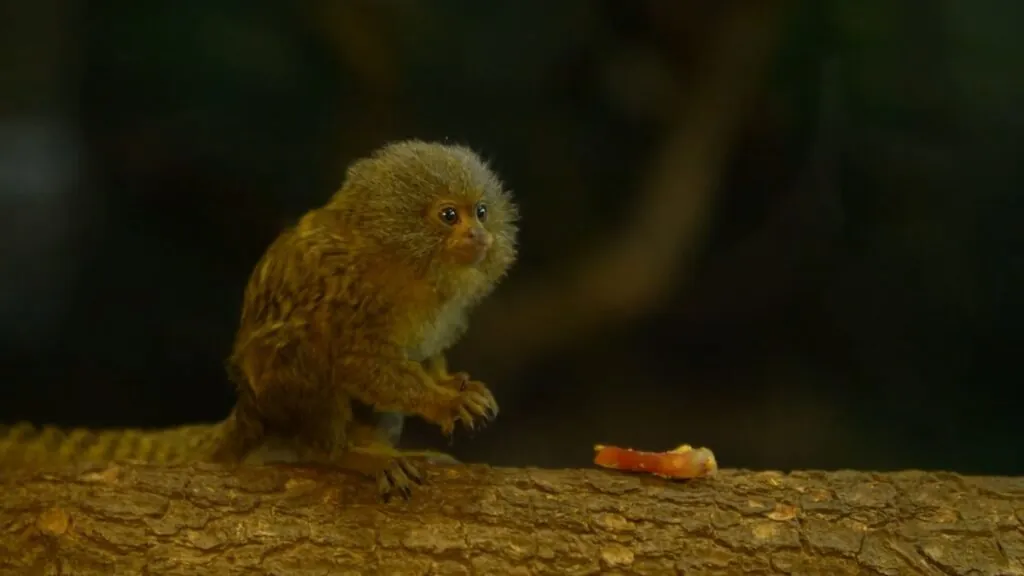
The Pygmy Marmoset (Cebuella pygmaea) is renowned as the smallest monkey in the world. Native to the rainforests of South America, including countries like Brazil, Ecuador, Peru, and Colombia, these tiny primates typically measure between 4.6 to 6 inches (12 to 15 centimeters) in length, excluding their tail, and weigh just 3.5 to 5 ounces (100 to 150 grams) on average. Despite their small size, Pygmy Marmosets are highly social animals, living in family groups of up to 15 individuals. They are known for their dexterity in climbing and feeding on tree sap, insects, fruits, and small vertebrates, adapting well to their forest habitats.
9. Brookesia Micra Chameleon
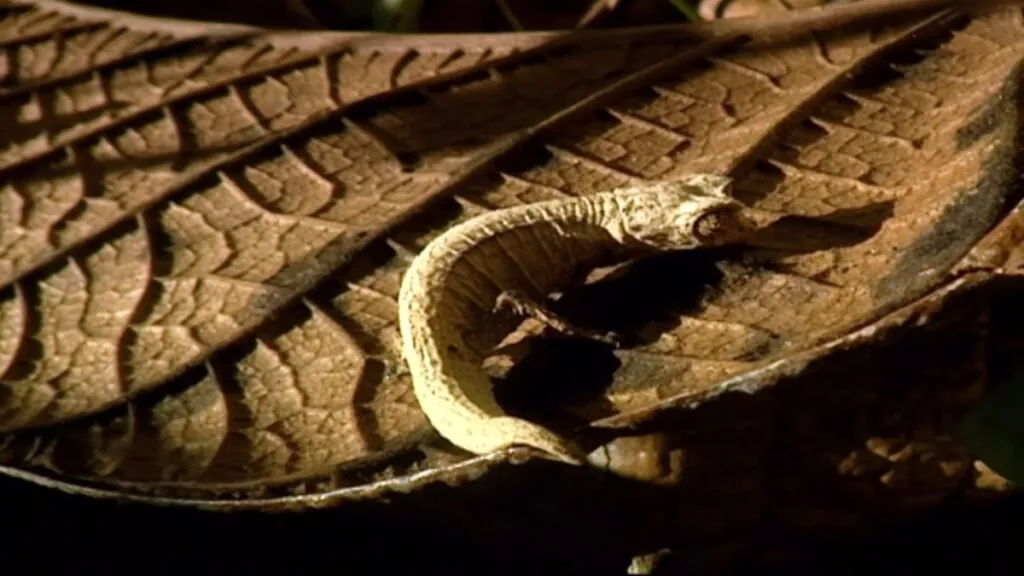
The Brookesia micra chameleon is notable for being one of the smallest reptiles on Earth, specifically among chameleons. Found exclusively on the island of Madagascar, these tiny creatures measure around 1.1 inches (2.9 centimeters) in length, making them smaller than some insects. Despite their size, they possess typical chameleon features, including the ability to change color and a long, extendable tongue used for catching prey such as insects. Their diminutive size allows them to thrive in the leaf litter of Madagascar’s forests, where they blend seamlessly with their surroundings to avoid predators and hunt effectively.
10. Denise’s Pygmy Seahorse
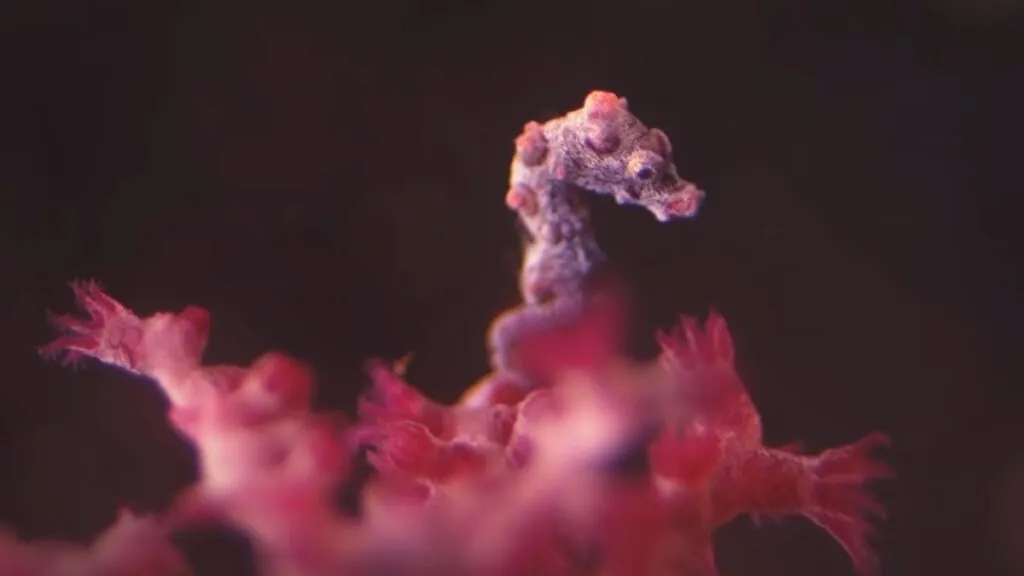
Denise’s Pygmy Seahorse (Hippocampus denise) is renowned as one of the smallest seahorse species in the world. Native to the Western Pacific Ocean, particularly found in coral reefs of Indonesia, Malaysia, and Papua New Guinea, these tiny seahorses measure only about 0.6 to 0.9 inches (1.5 to 2.4 centimeters) in length. On the related note, got the scoop of the smallest horse in the world?
They are known for their remarkable camouflage, resembling coral polyps with their tubercles and coloration, which helps them evade predators and capture small crustaceans using their elongated snouts. Denise’s Pygmy Seahorse underscores the incredible diversity and adaptation of marine life in coral reef ecosystems.
In a nutshell, the diversity of the smallest animals in the world showcases nature’s ingenuity and adaptation in remarkable ways. From the Barbados Threadsnake, the tiniest snake, to Denise’s Pygmy Seahorse, one of the smallest seahorses, each species exemplifies unique evolutionary strategies for survival in their respective habitats.
